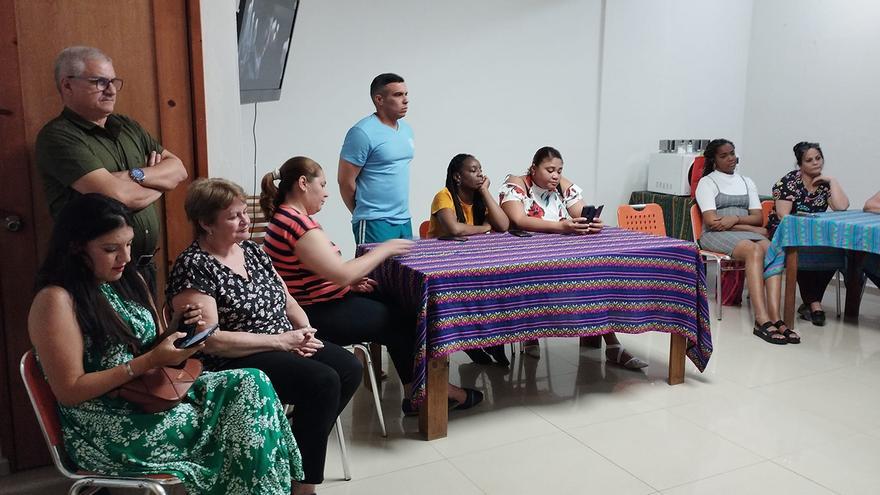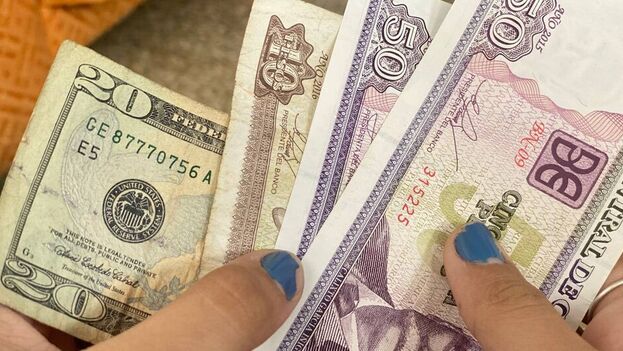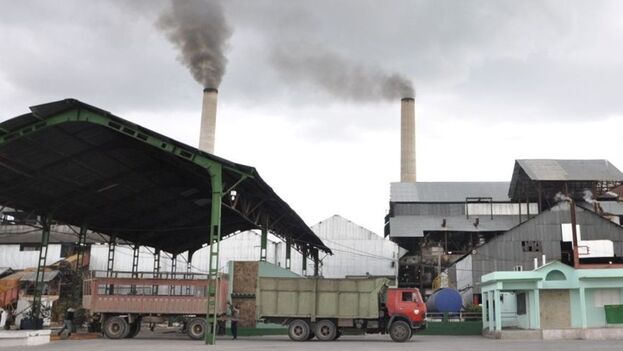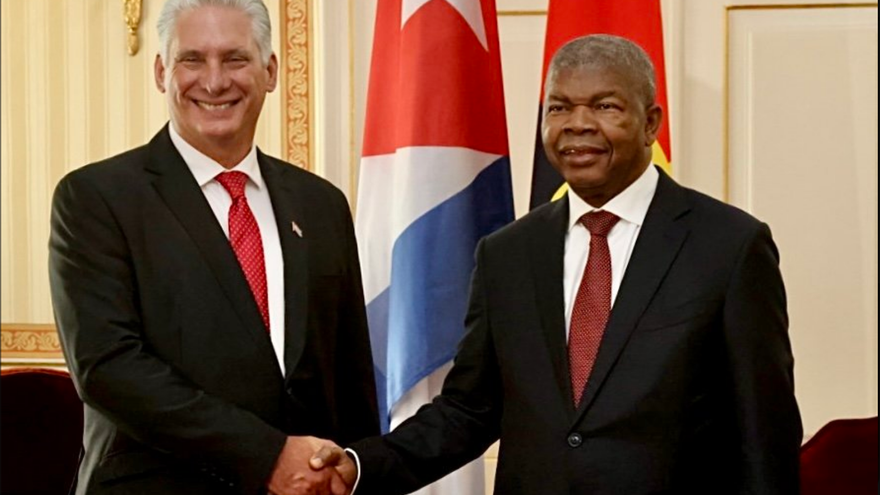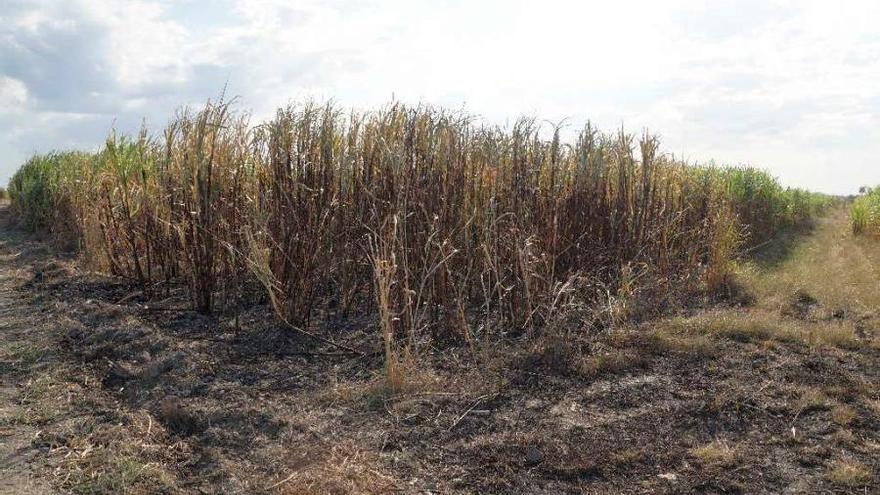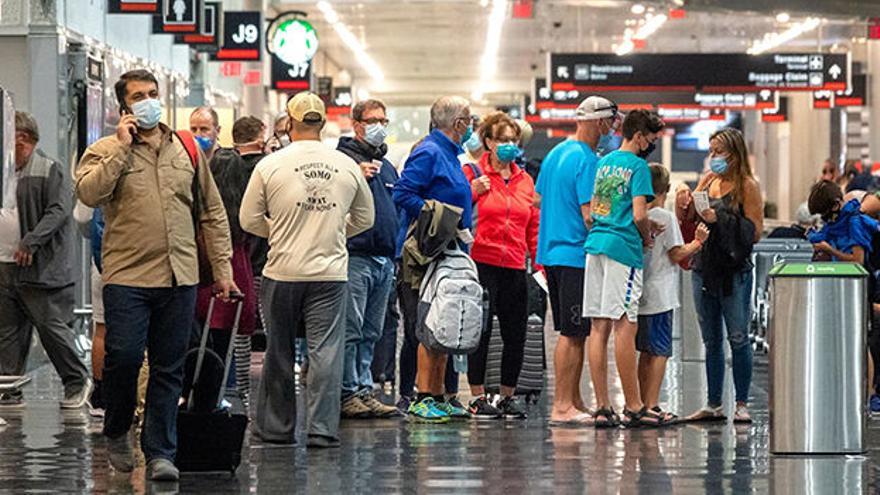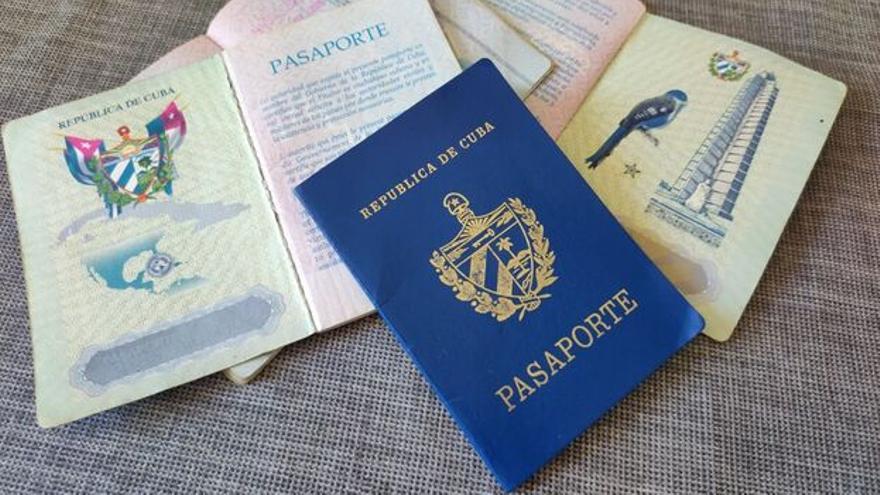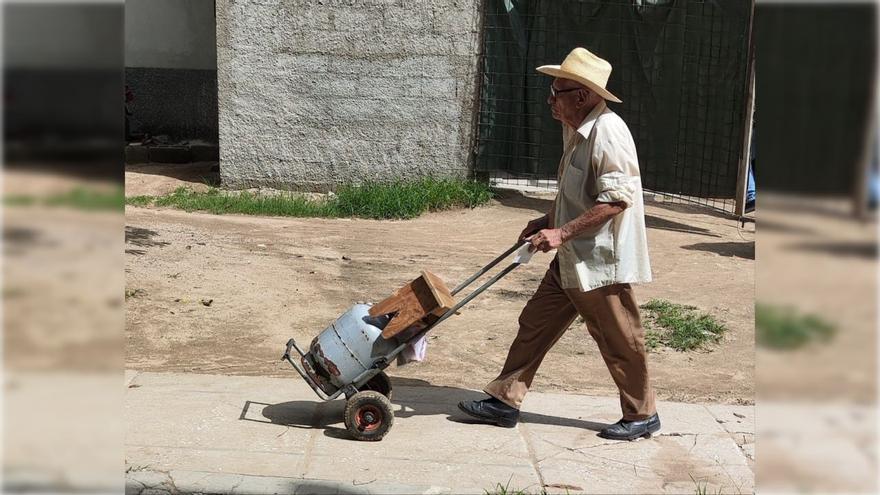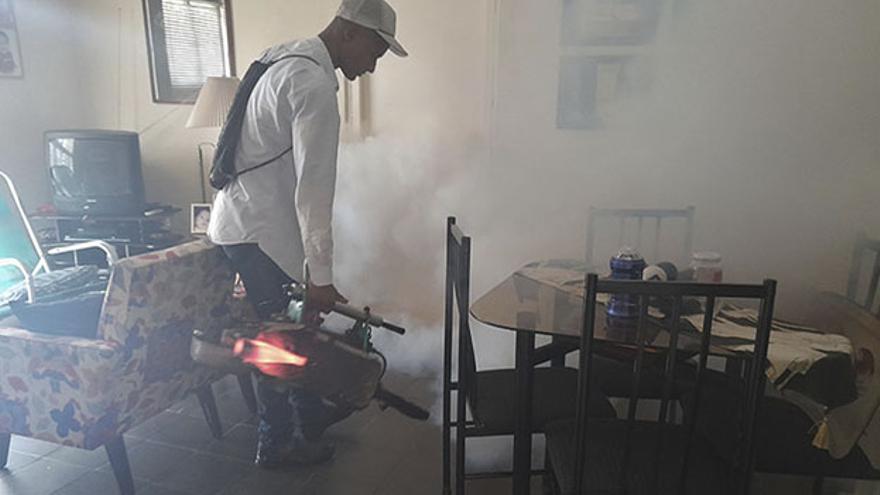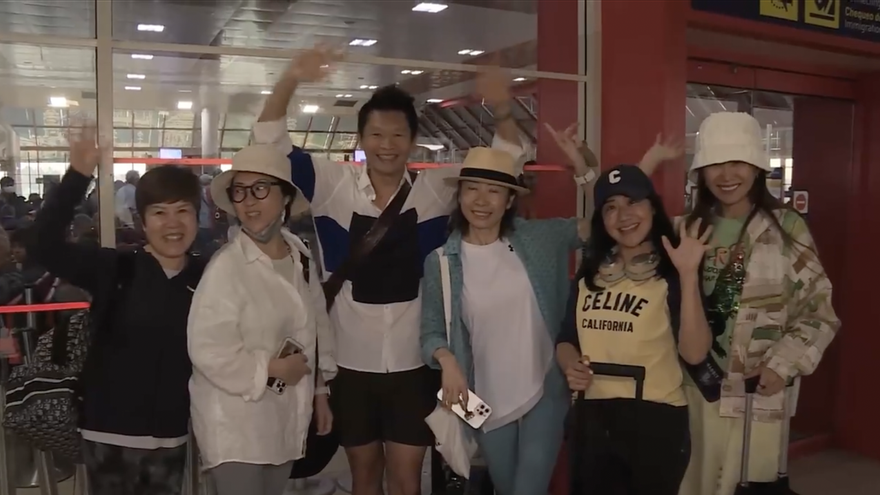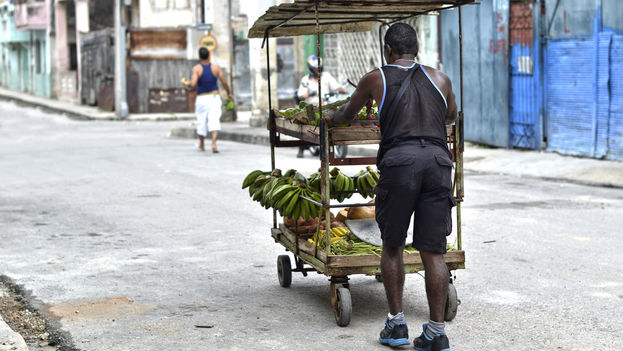Now someone tells me that the Youth Club created by Fidel Castro in 1987 has something to do with the bankfication that is being pursued now. It doesn’t. The experience, 36 years later, has been a failure, nor has it served to computerize society or to advance digitization. Not so long ago these two concepts were confused by the leaders of the regime. Anyway, what are they talking about?
Or what do past experiences, like the 1992 Infomed network, conceived as a project of the National Information Center of Medical Sciences, have to do to with the need to facilitate the exchange of information among professionals, academics, researchers, students and managers of the Cuban National Health System? continue reading
With an alleged false allegation that was intended to exclude young people from access to information technologies, in September 2002, the University of Computer Sciences opened its doors to the first academic year, with 2,008 students from all the municipalities of the country. A university with more than 20 years of delay compared to similar ones in less developed countries.
The 2001 Battle of Ideas is even cited, with the foundation of the program for community television rooms, another collectivist initiative that they say allowed almost half a million Cubans to benefit from these facilities.
The count does not end there, and EcuRed is cited, in 2010, when the country had a bandwidth for the Internet connection of 393 Mbps inbound and 209 Mbps outbound, a cultural, educational and “decolonizing” platform, the most visited Cuban site on the Internet. Anyway, that’s what they said.
And of course, let’s not forget the scientific pole of western Havana, created by Fidel Castro in the early 90s of the last century.
Castro propaganda highlights that “all this and much more was done without having the ideal infrastructure and technological conditions essential for those processes.” The article says that the same happens today with the bankification process, confirming once again that the regime’s decisions have incorporated much more political will than technological conditions to move forward. If these conditions are not created, it will be difficult for projects and initiatives to prosper.
What good is it that 83% of the places where Cubans live have mobile phone coverage, 50% 4G coverage, and 75% 3G if, later, people prefer to carry out economic operations in cash? Is this the barrier that the regime faces or is there more?
A good example is offered in this article by Granma. It turns out that 13 kilometers of lead cable are still in service in the Santiago de Cuba telecommunications network that have more than 80 years of operation, which have not been replaced, because the necessary financing has not been available. And yet, Santiago de Cuba advances in the processes of computerization and digital transformation. How they will do this is totally unknown.
The article goes out of its way to offer a myriad of indicators and figures recognized by international organizations, facts and achievements that place Cuba as a country advancing in telecommunications and information technology in recent years. More or less the same thing that happens with the indicators of human development, which place Cuba in the top 50 positions in the world, when the reality is quite different.
These amazing data show that in the period 2021-2022, monthly Internet traffic increased by 3.2 times and 1.9 times for international connectivity. From January to November 2022, Internet traffic in Cuba was, on average, 113,045 Gigabits per second (GBPS) in reception and 16,914 GBPS in transmission. The need for Cubans to be connected to the world to know reality and maintain relationships with their families explains these results.
Another piece of information: Traffic on digital social networks in 2022, measured over a period of 48 hours, reached the figure of 377 Terabyte (TB) and 4.2 million subscribers. In 2021, at a similar time, the behavior was 4 TB with 3.6 million subscribers. Videos and photos in that same period registered 217 TB with 3.9 million users against 14 TB, and 3.6 million consumers at the same stage of the year 2021. In short, these were family communications to face the rupture of exile caused by the regime. But not much more.
In instant messaging, there was also an increase of 135 TB compared to the previous year. In the same way, there is a substantial increase in the number of people who access games and consume movies and other audiovisual materials. This growth is also motivated by that need to be connected.
And what about the data at the end of last year? Facebook had 4.1 million subscribers (+600 000); YouTube 3.9 million (+600 000); WhatsApp 3.9 million (+300 000), Telegram 3.7 million (+300 000) and Twitter 3.7 million (+1.4 million). It’s the same thing, the need to know and expand horizons, thus overcoming the chokehold that the Island has become.
The propaganda is recreated in the development by Cuba of two national electronic payment gateways: Transfermóvil and EnZona, and they emphasize that this result is achieved by very few countries. False. What happens is that in other countries these gateways do not have to be developed because there are large international operators that provide these services globally. In Cuba, these are controlled by the regime and its state agencies and entities.
In the case of Transfermóvil, it has 4.3 million active customers. In the first half of this year, 444 million operations were carried out, and it is estimated that by the end of the year one billion operations will be reached; the user experience is 4.78. Payment of services has grown steadily for this gateway in recent years. The reality is that only 60% of Cubans perform operations with a magnetic card.
The propaganda emphasizes that 87.8% of telephony, 40.05% of electricity, 60% of taxes, 25.6% of gas and 8.35% of water are paid by electronic means, really very low percentages that offer an idea of the lack of confidence Cubans have in state banks, which will not rise quickly in the short and medium term.
It is pointed out that the achievements on the Island in recent years in Internet access have destroyed the stereotype. We would have to ask ourselves what stereotype they are talking about, because maybe there is some confusion. The communists will always justify their failures by the economic blockade, which in the last ten years caused damages of more than 500 million dollars to telecommunications alone. Increasingly absurd and irresponsible data.
The article ends by pointing out that since the beginning of the bankification process in Cuba was announced, there has been the opinion that the technological conditions do not exist to assume such a challenge. This opinion is based on an unquestionable fact: Cubans do not use magnetic cards for their operations; they reject bank control and prefer the use of cash. So far no one has explained why this happens, and they won’t, preferring to resort to disqualifications and insults. But the order has been given and must be followed. Another disaster is on the way.
Translated by Regina Anavy
____________
COLLABORATE WITH OUR WORK: The 14ymedio team is committed to practicing serious journalism that reflects Cuba’s reality in all its depth. Thank you for joining us on this long journey. We invite you to continue supporting us by becoming a member of 14ymedio now. Together we can continue transforming journalism in Cuba.
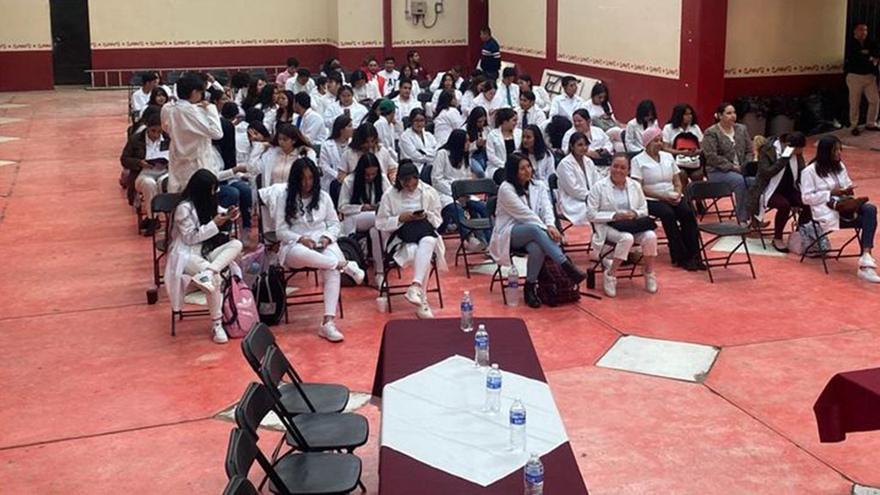
![]() 14ymedio, Ángel Salinas, Mexico, 22 August 2023 — Since last Friday, 100 Cuban teachers from various educational centers of Medical Sciences of the Island have been in the community of Pátzcuaro, in the state of Michoacán (Mexico), to teach classes in 50 municipal schools of the Universities for Welfare Benito Juárez (UBBJ). This group of institutions, with headquarters throughout the Mexican territory, has been frequently denounced for unjustified dismissals of teachers, delays in the delivery of degrees to graduates and poor infrastructure.
14ymedio, Ángel Salinas, Mexico, 22 August 2023 — Since last Friday, 100 Cuban teachers from various educational centers of Medical Sciences of the Island have been in the community of Pátzcuaro, in the state of Michoacán (Mexico), to teach classes in 50 municipal schools of the Universities for Welfare Benito Juárez (UBBJ). This group of institutions, with headquarters throughout the Mexican territory, has been frequently denounced for unjustified dismissals of teachers, delays in the delivery of degrees to graduates and poor infrastructure.
